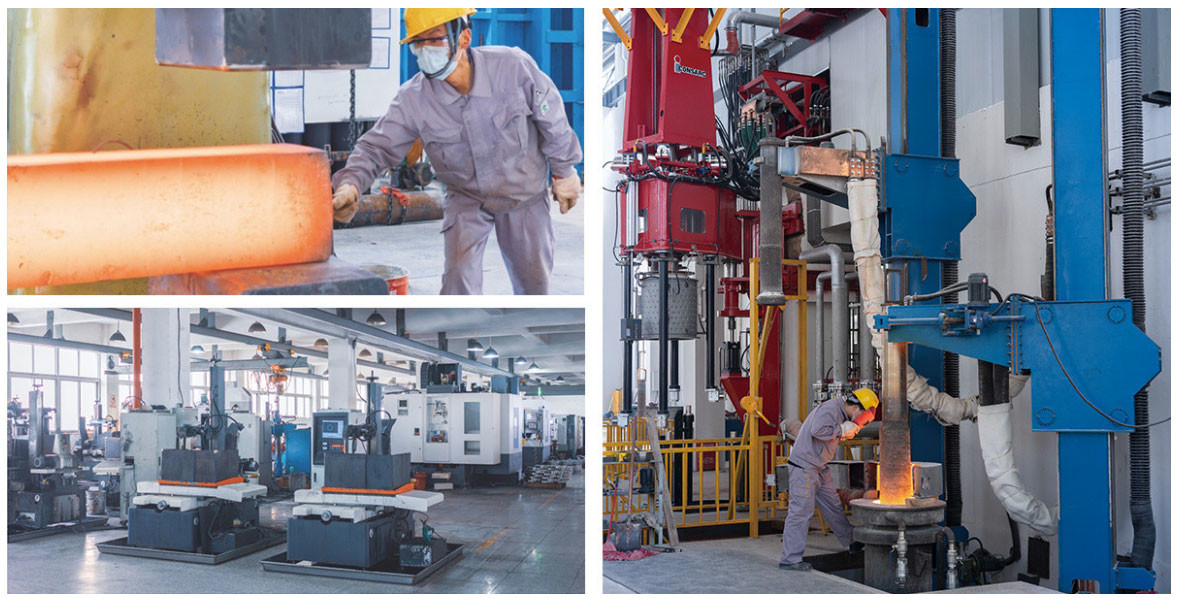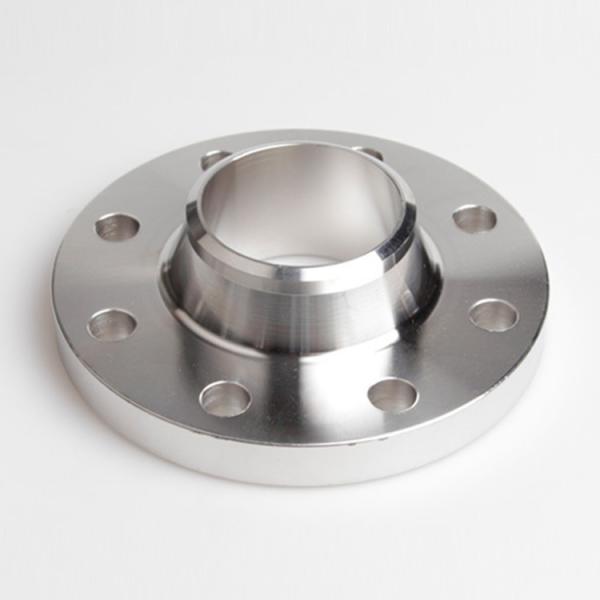A weld neck flange is a type of pipe flange that is designed to be
welded to the end of a pipe, creating a strong and permanent
connection. It is one of the most commonly used flanges in various
industries due to its durability and reliability, especially in
high-pressure and high-temperature applications. Here is a detailed
description of a weld neck flange:
Design and Construction:
- Bolting Circle: The weld neck flange features a bolting circle with a set of
evenly spaced bolt holes. These holes are used to bolt the flange
to another mating flange, creating a sealed joint.
- Neck: The neck of the flange is designed to transition from the flange
face to the pipe’s wall. It tapers down to match the pipe’s outer
diameter, allowing for a smooth and consistent flow.
- Welding Area: The weld neck flange has a circumferential weld joint preparation
at the end of the neck, where it is welded to the pipe. This area
is typically beveled to facilitate proper welding.
- Flange Face: The flange face is the flat surface that mates with another flange
face, often equipped with a gasket to create a seal. Common face
types include flat face, raised face, and ring joint faces.
Material: Weld neck flanges are available in various materials, including
carbon steel, stainless steel, alloy steel, and nickel alloys, to
suit different application requirements. The choice of material
depends on factors such as the working temperature, pressure, and
the chemical composition of the substances being transported.
Advantages:
- Strength: The weld neck flange provides a high-strength connection due to
the weld joint between the flange and the pipe.
- Reduced Stress Concentration: The tapered design of the neck minimizes stress concentration at
the weld joint, which enhances the structural integrity of the
connection.
- Sealing Integrity: The weld neck flange ensures a tight seal, which is crucial for
containing fluids or gases at high pressures and temperatures.
- Ease of Installation: Once welded, the flange provides a stable and secure connection
that is less likely to leak compared to other types of flanges.
Applications: Weld neck flanges are commonly used in industries such as oil and
gas, petrochemical, chemical processing, and power generation,
where robust and reliable pipe connections are essential. They are
suitable for both onshore and offshore applications and can handle
extreme operating conditions.
Standards and Specifications: Weld neck flanges are manufactured according to various standards,
including ASME B16.5, ASME B16.47, EN 1092-1, and JIS B2220, which
define the dimensions, materials, and pressure-temperature ratings
for these components.
In summary, a weld neck flange is a robust and reliable pipe
fitting that provides a permanent and strong weld connection,
making it ideal for critical piping systems in demanding industrial
environments.








